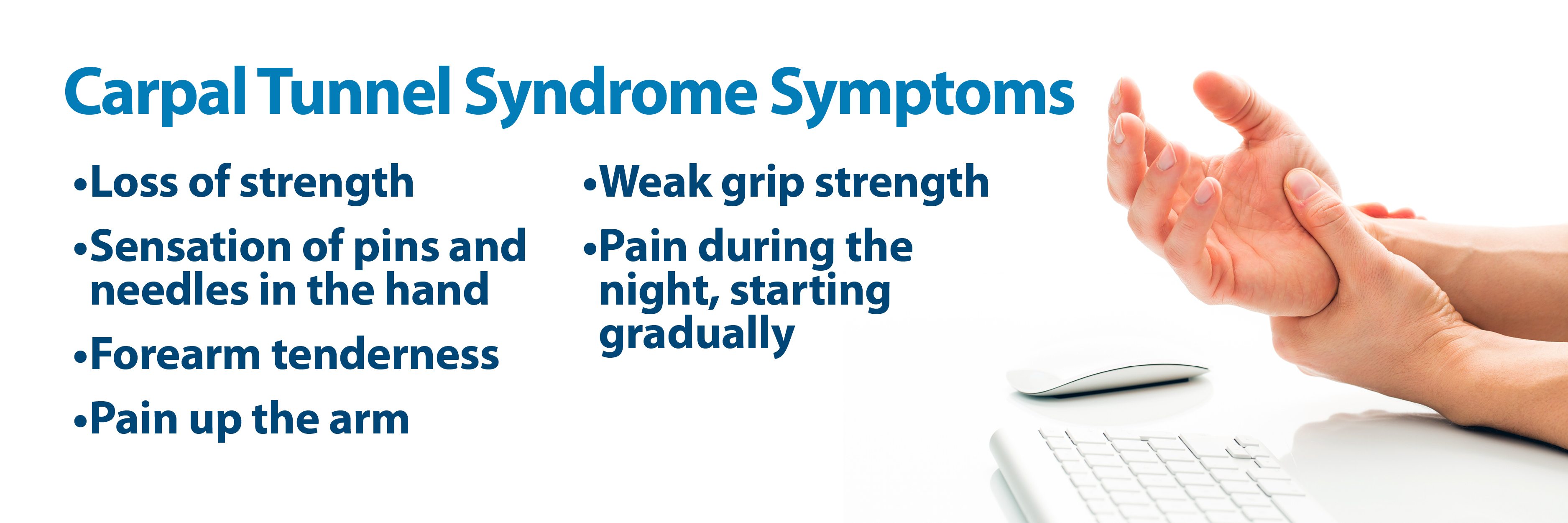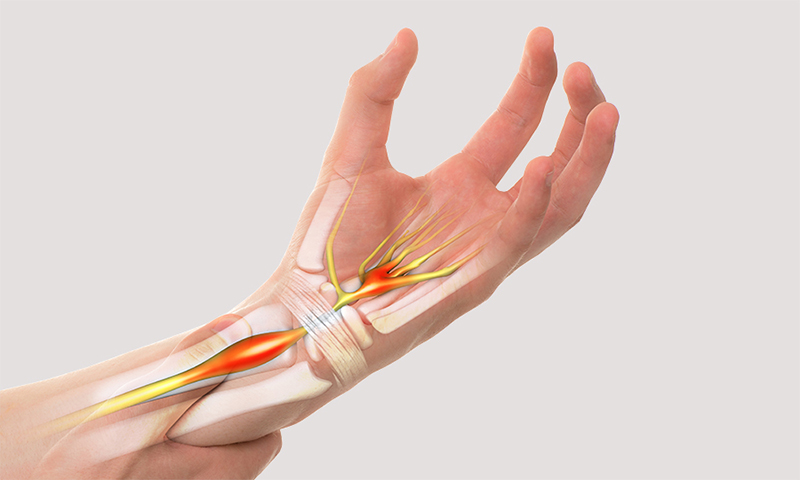

If the test is positive, the patient feels tingling or mild numbness in their thumb, index finger, In this clinical test, the patient is asked to hold their wrists in complete flexion for a maximum of 2 minutes. This means that the median nerve is damaged due to compression in the carpal tunnel. If the affected personįeels an uncomfortable, electrifying feeling in the thumb, index finger, or middle finger, the test is positive. In the case of a suspected carpal tunnel syndrome, the inside of the wrist is tapped. In this clinical test, tapping over a superficial nerve indicates whether or not the nerve is damaged. It prevents a worsening of the condition. This may help loosen the compression and relieve the nerve. Shocks and excessive bending of the wrist. Activities such as cycling or using a phone should also be discontinued to prevent If you feel tingling or a slight numbness, it can initially be quickly remedied by rubbing or massaging the hand, and by relieving the strain and stabilising the wrists. Serious consequential damage is extremely rare if the condition is treated early.įirst aid for a suspected carpal tunnel syndrome is limited to a few measures. Generally, carpal tunnel syndrome is easy to treat.

Of the disease may also be extremely painful, and may worsen over time.

In many cases, the symptoms disappear on their own after 6 months at the latest, even without treatment. Symptoms may appear and disappear for years. Not every case of carpal tunnel syndrome will cause permanent pain or impairment. Over time, the muscle mass may degrade (muscle atrophy), particularlyĪt the ball of the thumb (abductor pollicis brevis muscle, opponens pollicis muscle), which is associated with muscle weakness, and may cause a loss of grasping function if medical treatment is not provided. If the fingers or the hand are completely numb for a long period of time, activities that require fine motor skills are restricted or no longer possible. Severe pain is possible, especially when various grasping movements If the condition persists for a long time, the initial tingling and mild numbness progress and cause pain in the fingers and the hand, which sometimes radiates up the arm. Activities such as cycling or using a phone, which are accompanied by strong and repeated shocks or a strong wrist flexion, often cause similar symptoms or increase the effect of the existing These symptoms usually disappear by shaking or rubbing the hand. This prevents proper blood circulation, provokes even more compression of the median nerve, and causes the symptoms described The reason for this is that the wrist is often unconsciously bent while sleeping. In addition, the symptoms are initially more pronounced at night In most cases, carpal tunnel syndrome affects only one hand, but it can also affect both hands. This condition particularly affects the thumb, index finger, and parts of the ring finger. Typical symptoms in the early stages of this disease are: Compression of the median nerve, which underlies carpal tunnel syndrome, initially causes mild sensory disorders in affected persons.


 0 kommentar(er)
0 kommentar(er)
